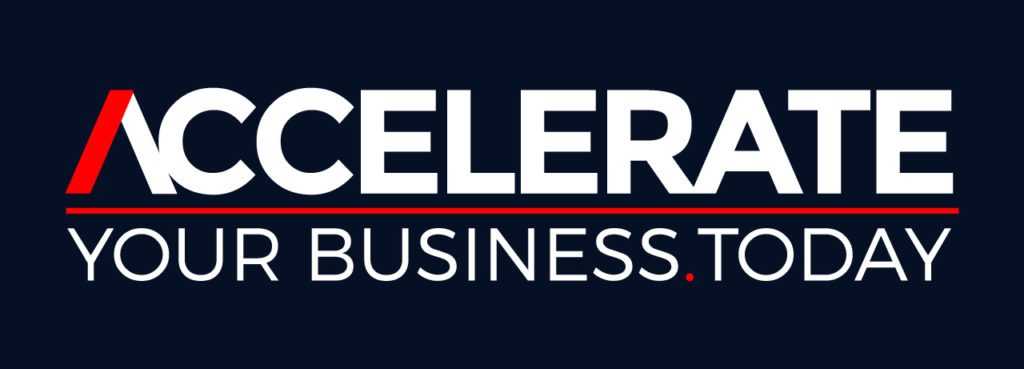The most significant harm for any business is to be invisible.
Their ideal buyers have yet to learn.
- they exist,
- there business matters,
- their unique offers -work,
- they solve their unique pain points,
Growth and profitability depend on being seen and heard more to sell more – in a digital world. It is critical – to stand up and rise above the market’s noise.
Today most industries with average sale values up to $50,000 – buyers now want to avoid meeting a human to complete the sale – it’s digital buying all the way.
Yet only some businesses are digital selling (Social Selling) all the way. (pro-tip this is your competitive advantage if your business acts quickly to transform – remove costs, waste and increase revenue)
Starting or Investing in a Business Newsletter is one way to stand up and rise above the noise – with little cost.
Since 2008, the newspaper industry has experienced a 68% drop in advertising revenue. *Source: Brookings
Newsletters are filling this void.
- Across 40 countries, 16% of readers accessed news + information via email.
- In the US, it’s 21%.
The potential audience size for email newsletters is
- ~4.26B email users worldwide in 2022,
- ~100M new users join each year,
- There are ~250M+ unique email users in the US alone.
More people are reading, sharing and paying for high-quality knowledge and solutions for their problems.
Business model: Why newsletters make sense (and how they generate revenue).
There are four ways to monetise newsletter audiences:
- Free newsletters: These make money through advertising or affiliate deals.
- Free newsletters: that drive attention and engagement and may lead to future ideal buyers,
- Low-cost subscriptions: $5-$10 per month or $50-$200 per year.
- High-cost subscriptions: from $50 per month or $500 plus per year.
Many of these can be the basis for a multimillion-dollar newsletter business; combined, they fit into a robust business model supporting many different businesses’ strategies.
Once a newsletter is set up correctly, you can run it from anywhere – with access to the internet.
Core issues: WHY should potential buyers read or view your newsletter over all the other potential things they could be doing?
Does your offer – your reporting have enough width and depth (complexity) to provide real solutions to real problems and add value to readers?
Differentiate: Make sure to distinguish your points of view as interesting enough – tens of thousands of competitors – just like your business. Your WHY matters a lot – just as much here as to the rest of your business.
Segmentation: There’s no limit to the number of free or paid newsletters you can have, although their costs and value scale differently.
Accountants might provide several free newsletters as part of a growth of new clients strategy—High Net Worth Individuals Newsletters – capital gains tax, and tax deferment may be some subjects of interest – one example.
What could you do in your industry?
Value: The more you build your subscriber base, the more you build your opportunities – more subscribers – better content and better solutions for readers or viewers – the more potential your business has of being on their consideration list – your business has been seen and heard more.
Subscriptions: provide better content, diversity of writers and views, building more significant depth of knowledge.
In doing so, you attract more people who value your improved content and subscribe more.
As a general rule, paid subscriptions work best when your free subscribers reach 10,000 users.
Are you considering entering the newsletter industry?
Do you have a clear understanding of your WHY?
Let’s chat.
Regards
David
